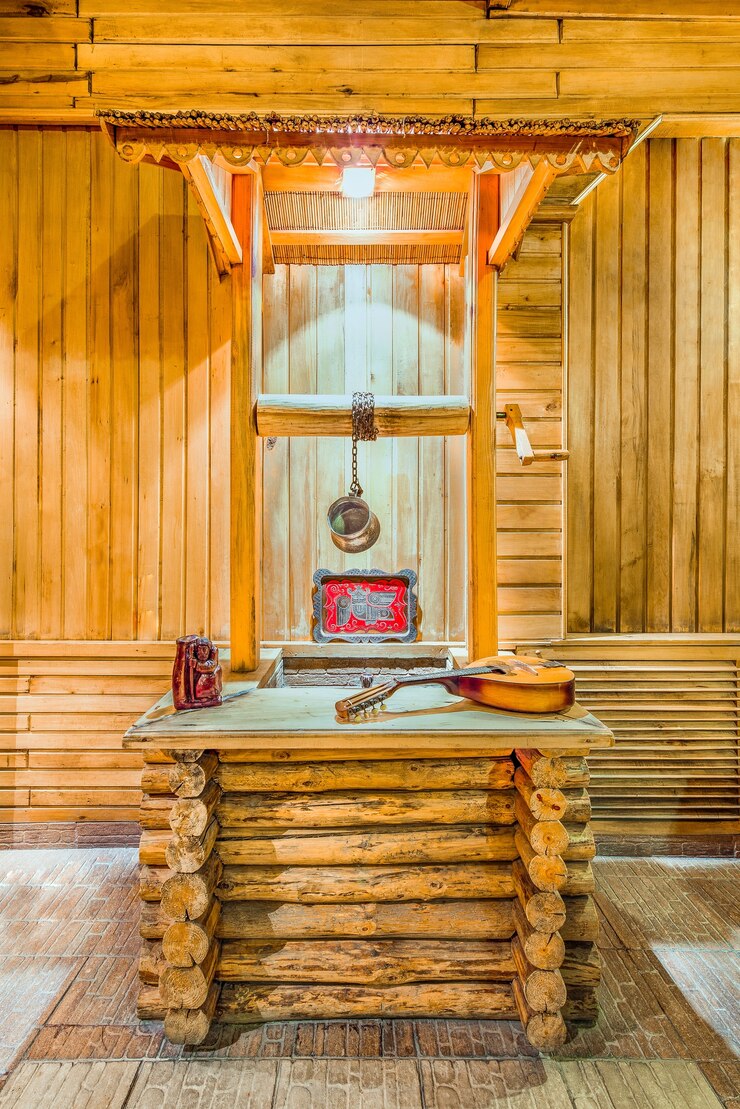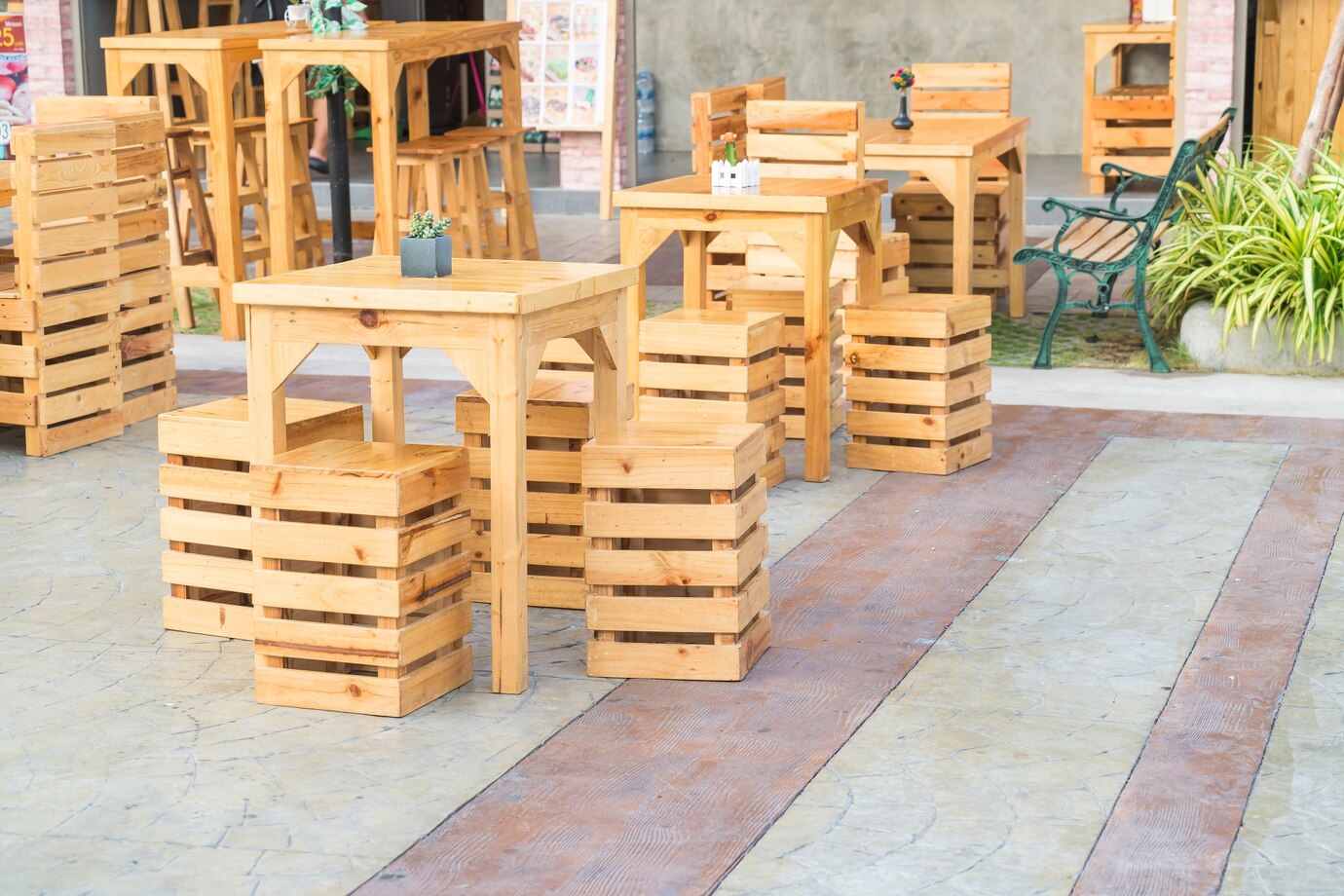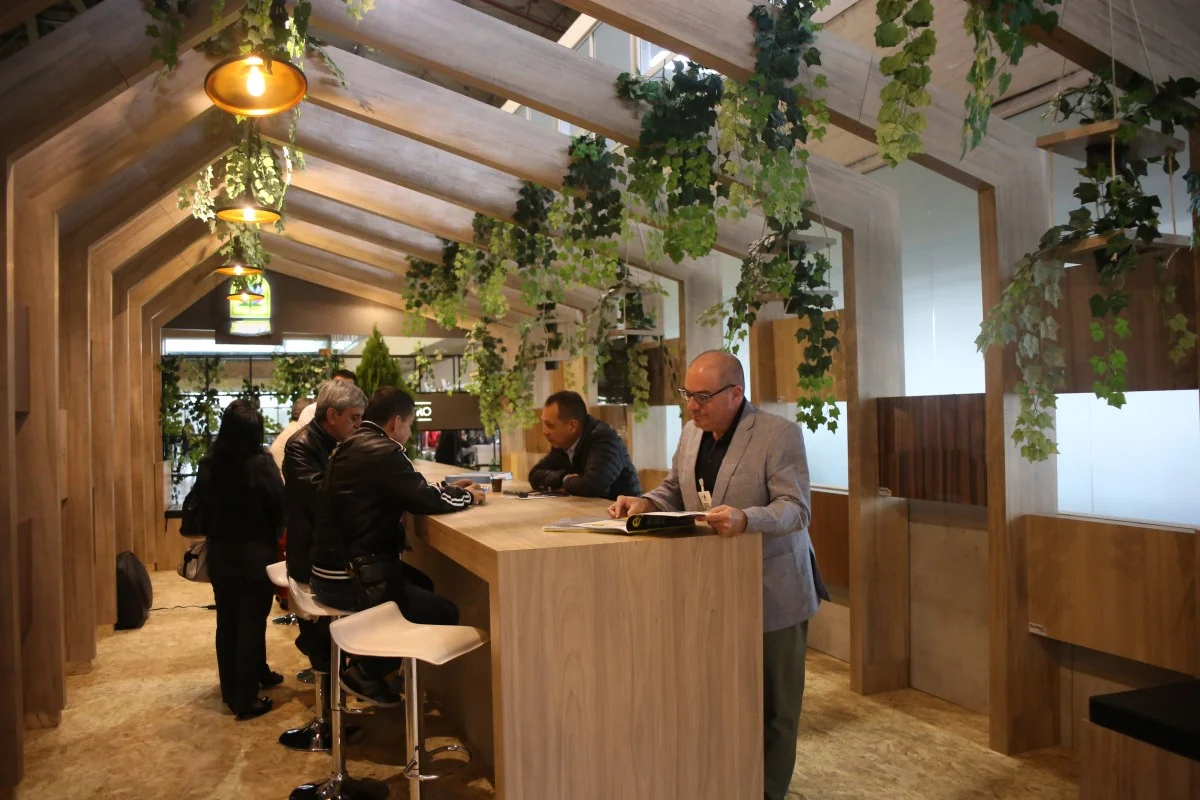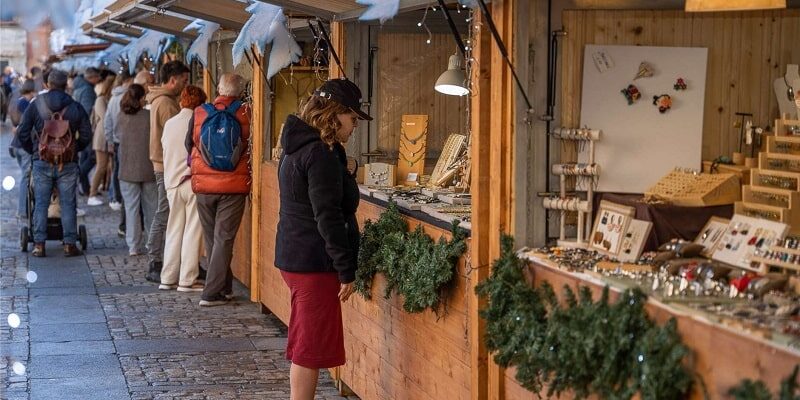Carnivals and fairs are events that require temporary structures that are sturdy, functional, and visually appealing. Wood, in its various types and treatments, plays a fundamental role in the construction of stages, decorations, and stands due to its versatility, strength, and ease of customization. Throughout history, wood has been used to bring festive spaces to life, creating themed environments with natural and warm finishes. In this article, we explore how materials such as marine plywood, fire-resistant plywood, treated pine, and roundwood can be employed in the organization of these events, ensuring both safety and durability.
The use of wood in temporary events offers multiple advantages, starting with its ease of handling and transportation, making it a practical option for constructing mobile structures at carnivals and fairs. Its lightweight nature allows for quick assembly and disassembly of stages and decorations without the need for heavy machinery. Additionally, its aesthetic appeal and customization potential make it possible to create unique designs that adapt to any festive theme, whether a vibrant carnival or a medieval fair. The ability to stain, varnish, and carve wood makes it a highly versatile material for decorators and event planners.
From an environmental perspective, wood is a sustainable choice when sourced from certified suppliers. Many structures can be reused in different events, reducing waste and promoting responsible resource use. This is particularly important today when sustainability is a key factor in organizing large-scale events. Choosing FSC-certified wood or wood with ecological treatments ensures a lower environmental impact and greater responsibility in its use.
Regarding specific materials, marine plywood is an ideal option for outdoor stages and structures. Thanks to its resistance to moisture and climate changes, it can withstand adverse conditions without deteriorating, making it an excellent choice for open-air events. Fire-resistant plywood is essential for fairs and carnivals with high visitor traffic, as it helps prevent the spread of fires and complies with safety regulations. In large events with lights, electrical equipment, and makeshift kitchens, the use of fire-resistant materials is crucial to avoid accidents.
Treated pine is another excellent alternative for constructing stands and kiosks. Its treatment protects it against pests, fungi, and decay, ensuring greater durability compared to untreated wood. This type of wood is widely used in commercial and food fairs, where sturdy yet easy-to-install and dismantle structures are required. Finally, roundwood is perfect for creating decorative elements such as arches, posts, and entrance portals, providing a rustic and welcoming feel to events.
Wood has multiple applications in carnivals and fairs. In stage and platform construction, its combination with marine plywood and treated wood ensures stability and durability. It is also widely used in the creation of themed decorations, from parade float structures to custom scenic backdrops. The versatility of wood allows for the creation of unique settings, full of color and shapes that capture the essence of a carnival or the theme of a specific fair. In commercial and food stands, treated wood is one of the best options due to its resistance and ease of maintenance. Moreover, entrance arches and portals made from roundwood add an eye-catching and structurally solid element to event entry points, serving as landmarks for attendees.
To ensure the durability of these structures, it is essential to apply appropriate treatments. Sealers and varnishes protect wood from moisture, sun exposure, and wear, extending its lifespan and reducing the need for constant maintenance. Additionally, the implementation of fire-resistant wood and structural reinforcements is key to guaranteeing the safety of attendees and organizers. In the planning of large-scale events, it is important to follow construction regulations that ensure all structures are stable and secure. Once the event is over, many of these structures can be dismantled and stored for future use, reducing costs and promoting sustainability.



The use of wood in carnivals and fairs is a practical, safe, and sustainable solution for the construction of stages and decorations. Materials such as marine plywood, fire-resistant plywood, treated pine, and roundwood offer durability, aesthetics, and versatility for organizing spectacular events. Additionally, its ease of handling and transportation allows for efficient installation, while its natural aesthetic and customization potential ensure unique and captivating environments. Investing in high-quality wood not only contributes to the visual success of the event but also reinforces the safety and longevity of its structures. In a world where sustainability is becoming increasingly important, the use of certified and properly treated wood represents an excellent choice for creating temporary spaces filled with magic and tradition.

